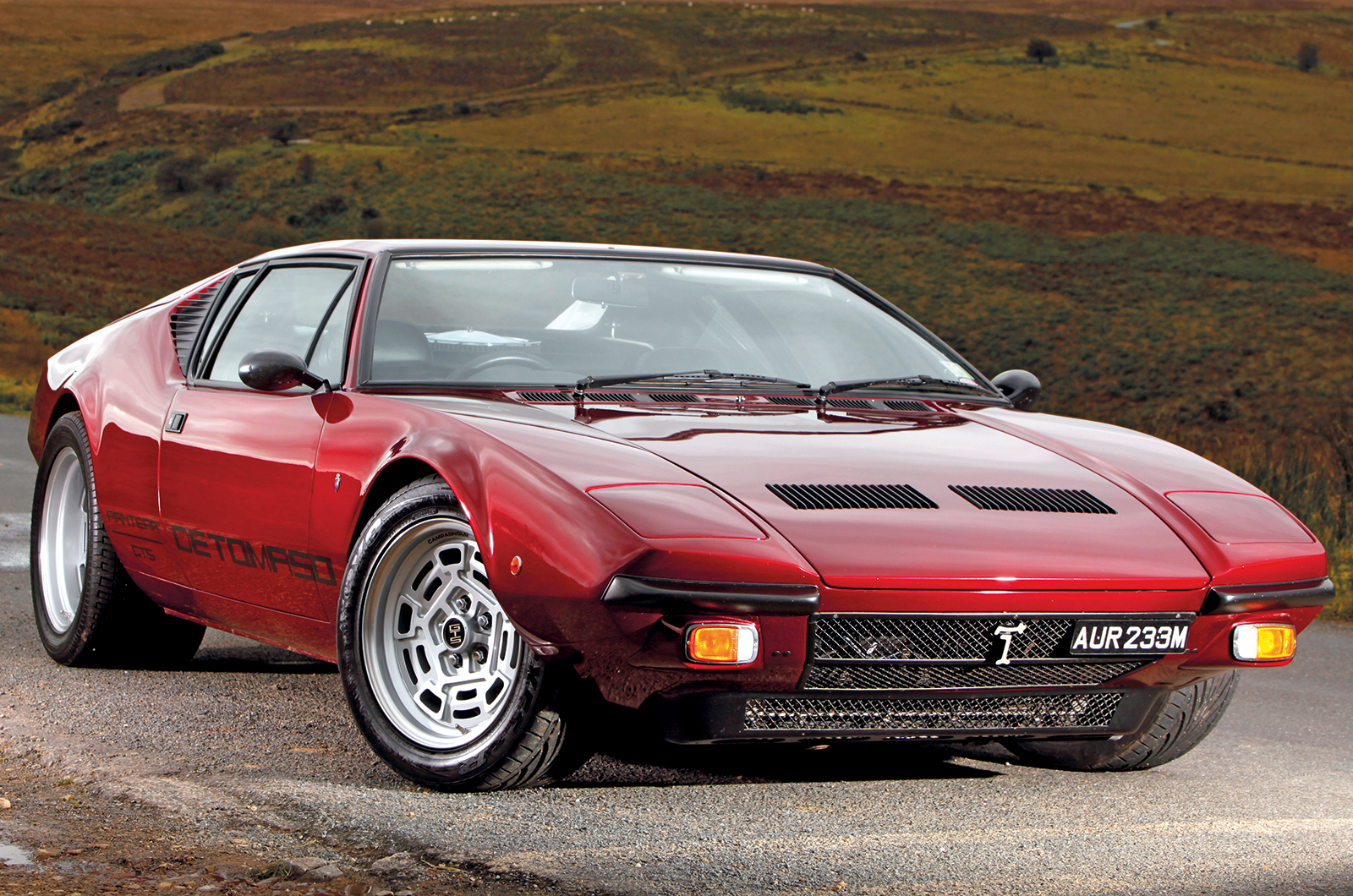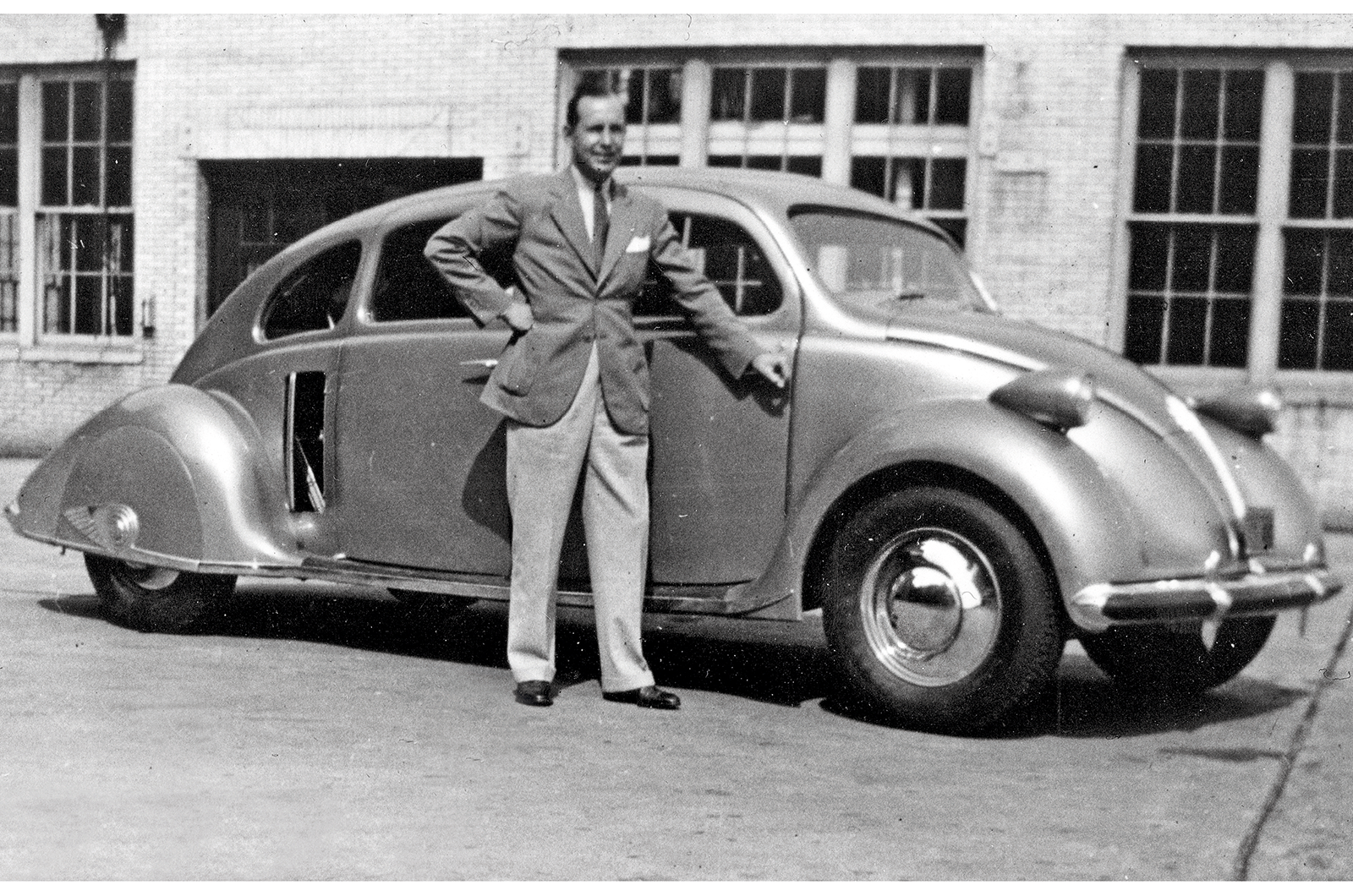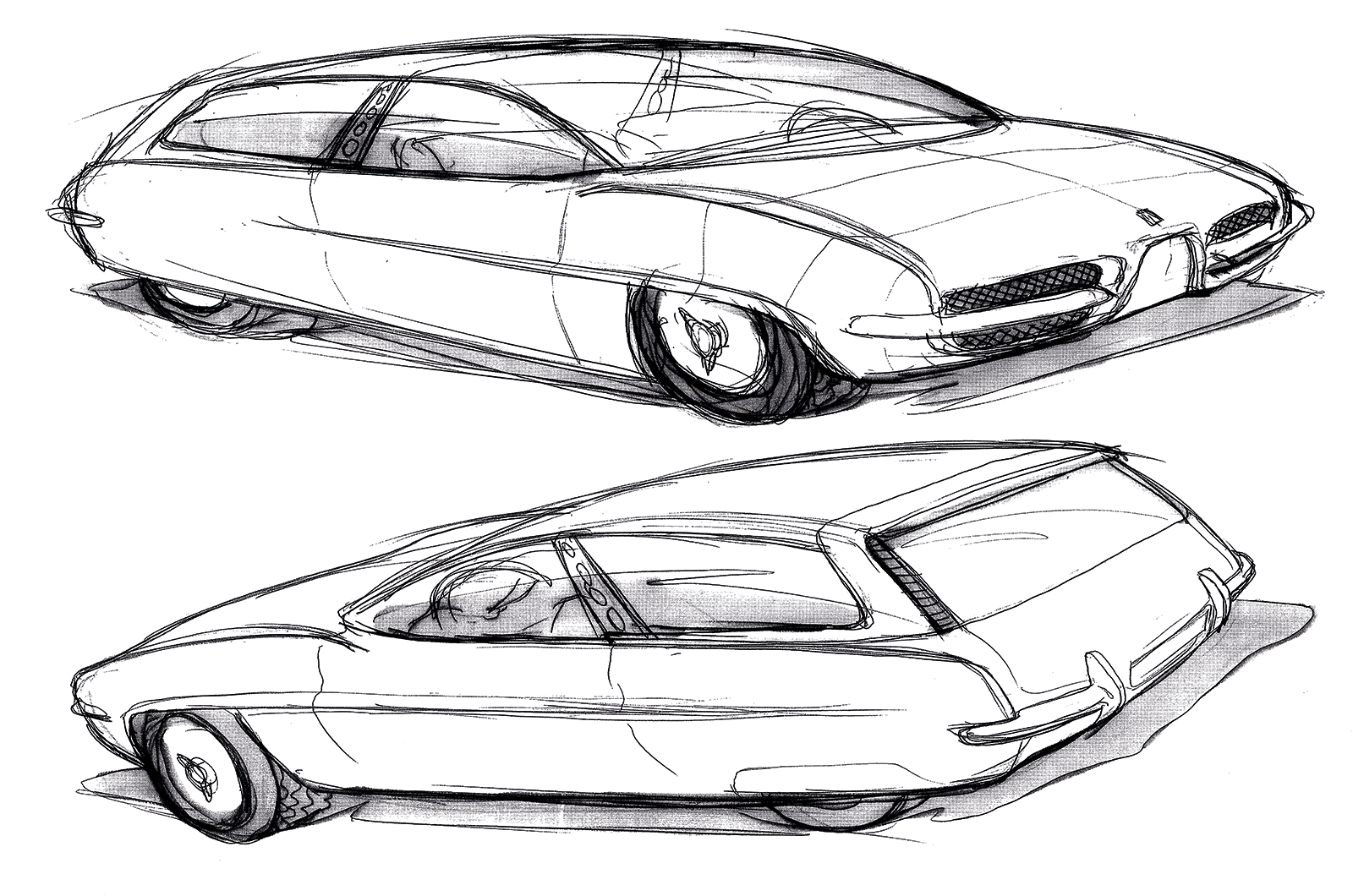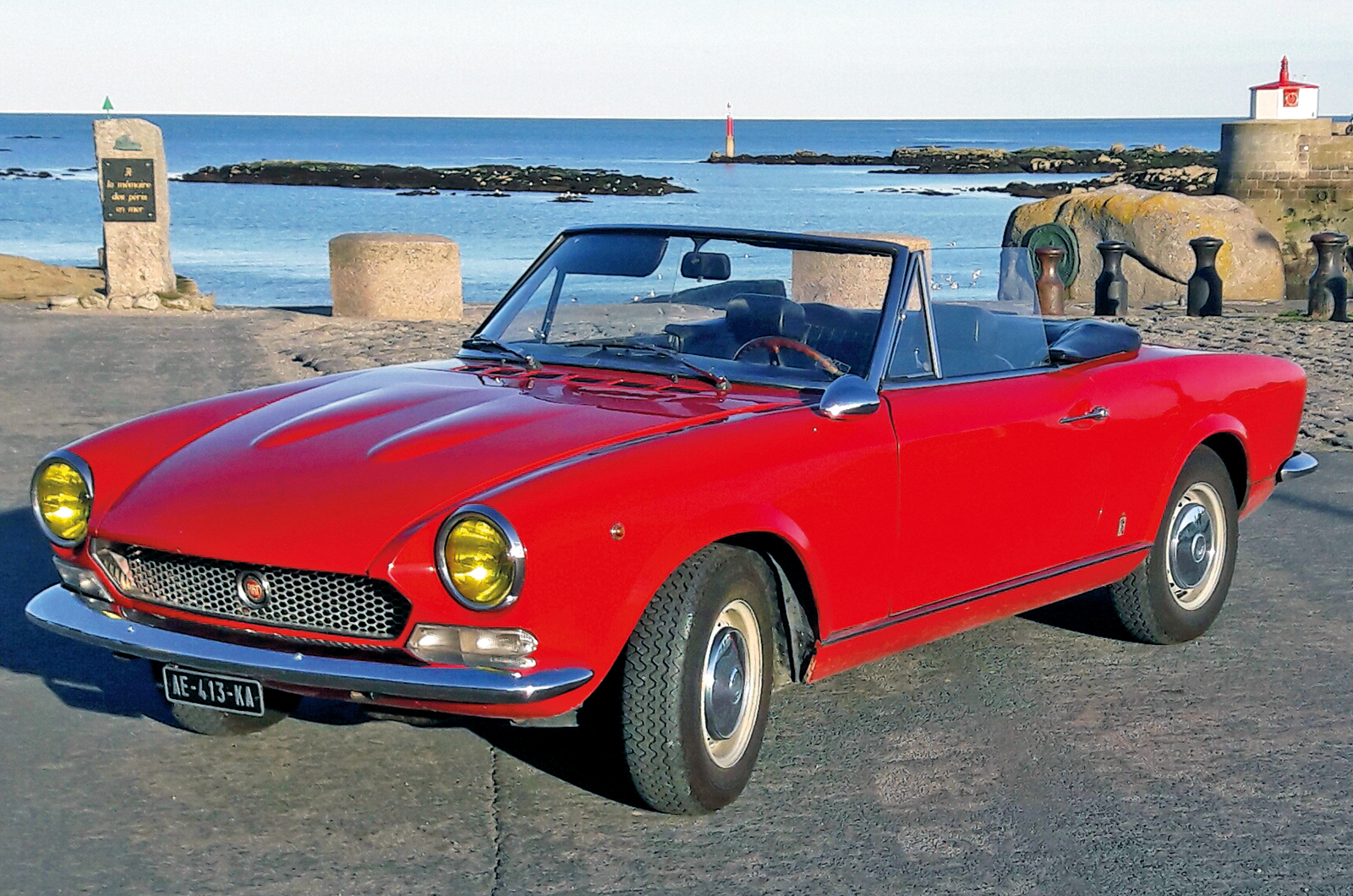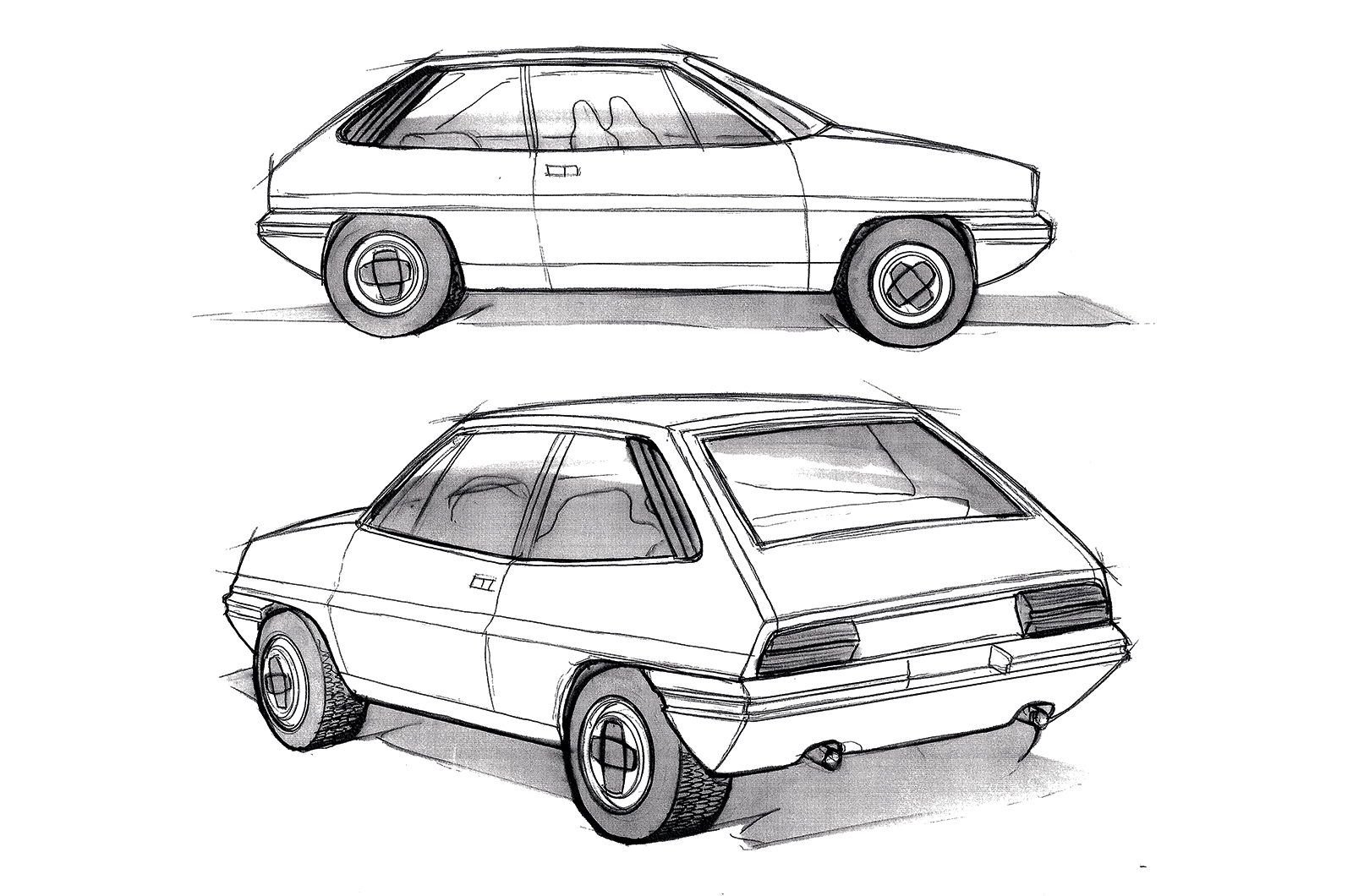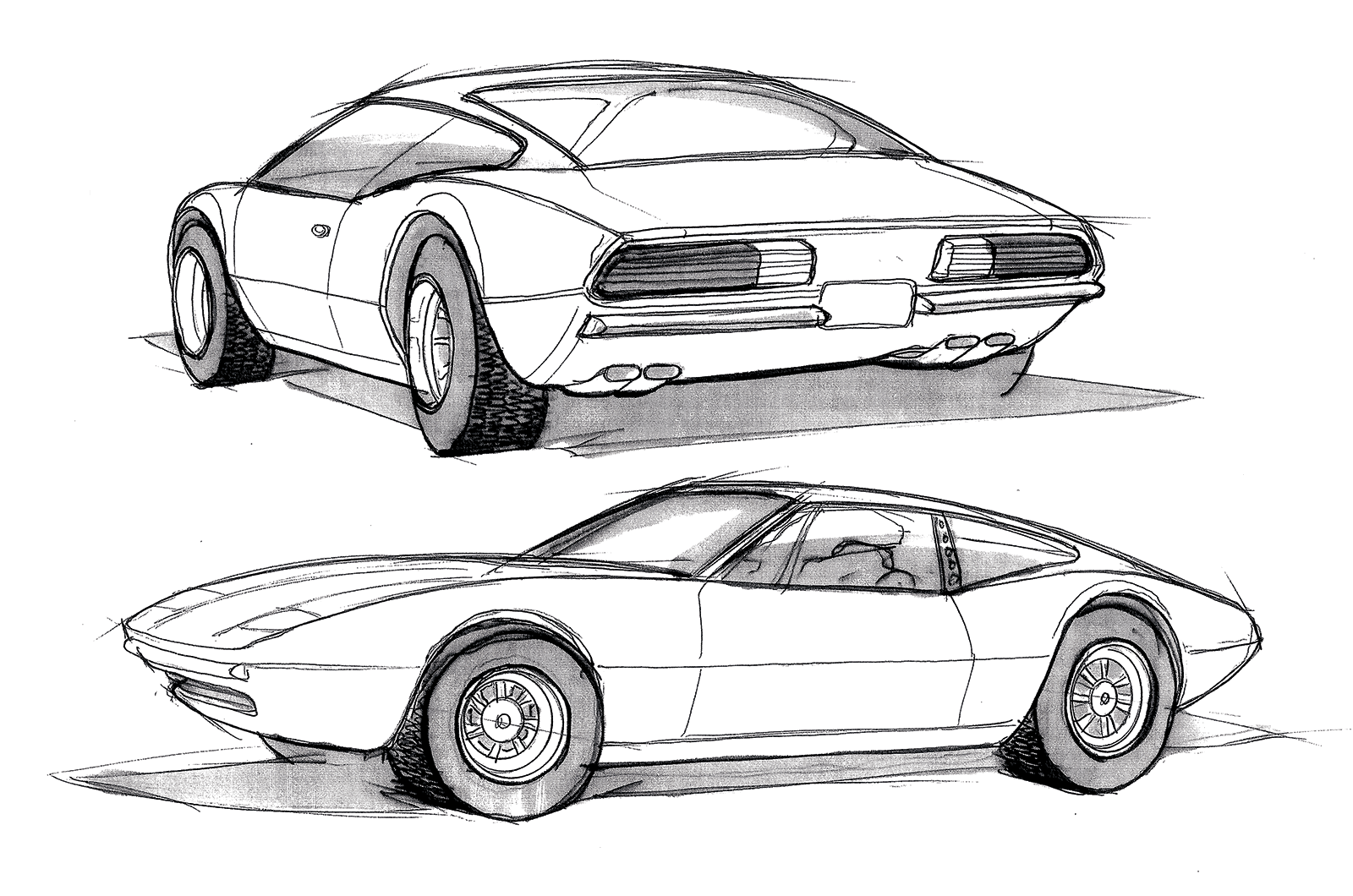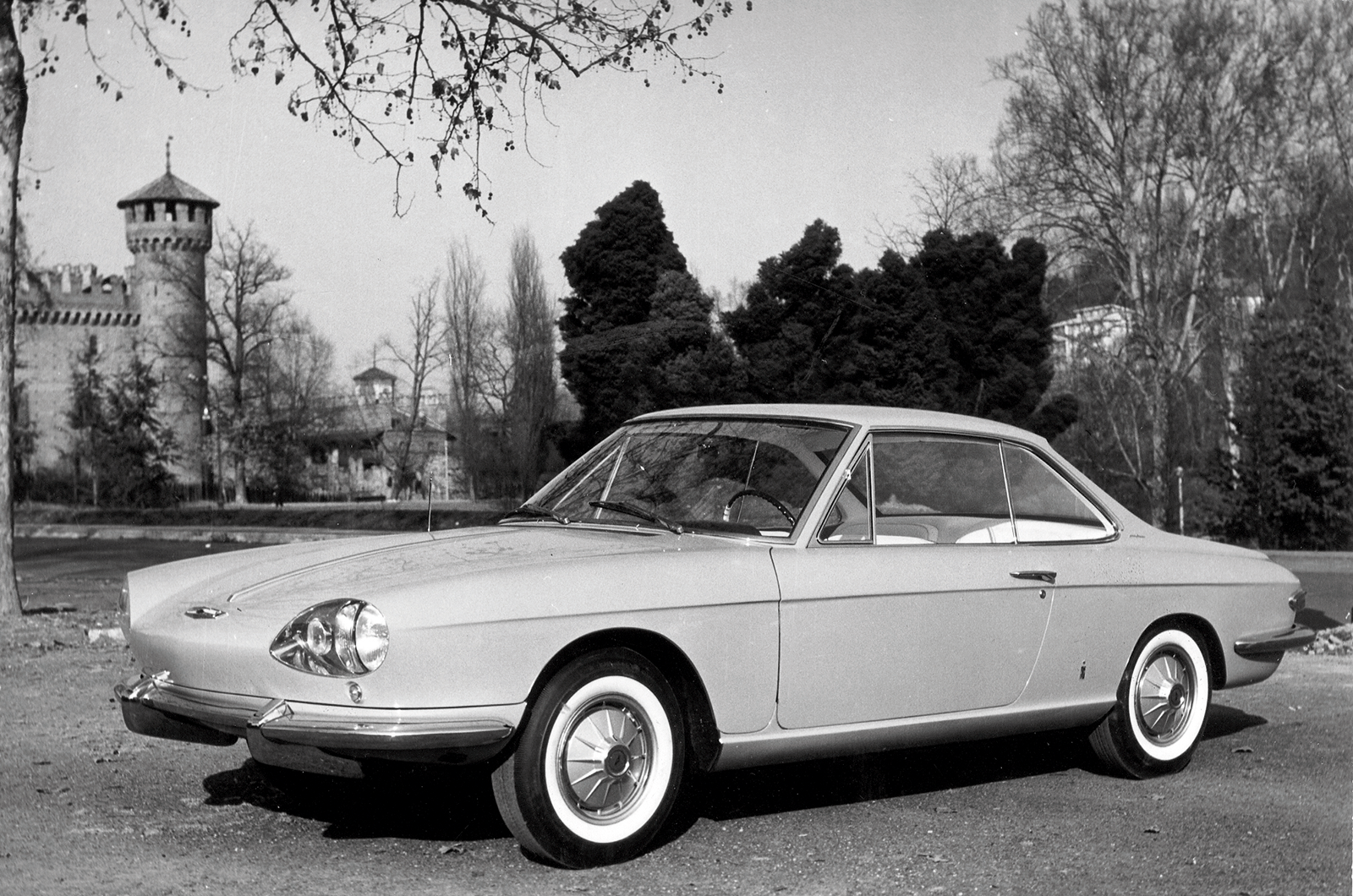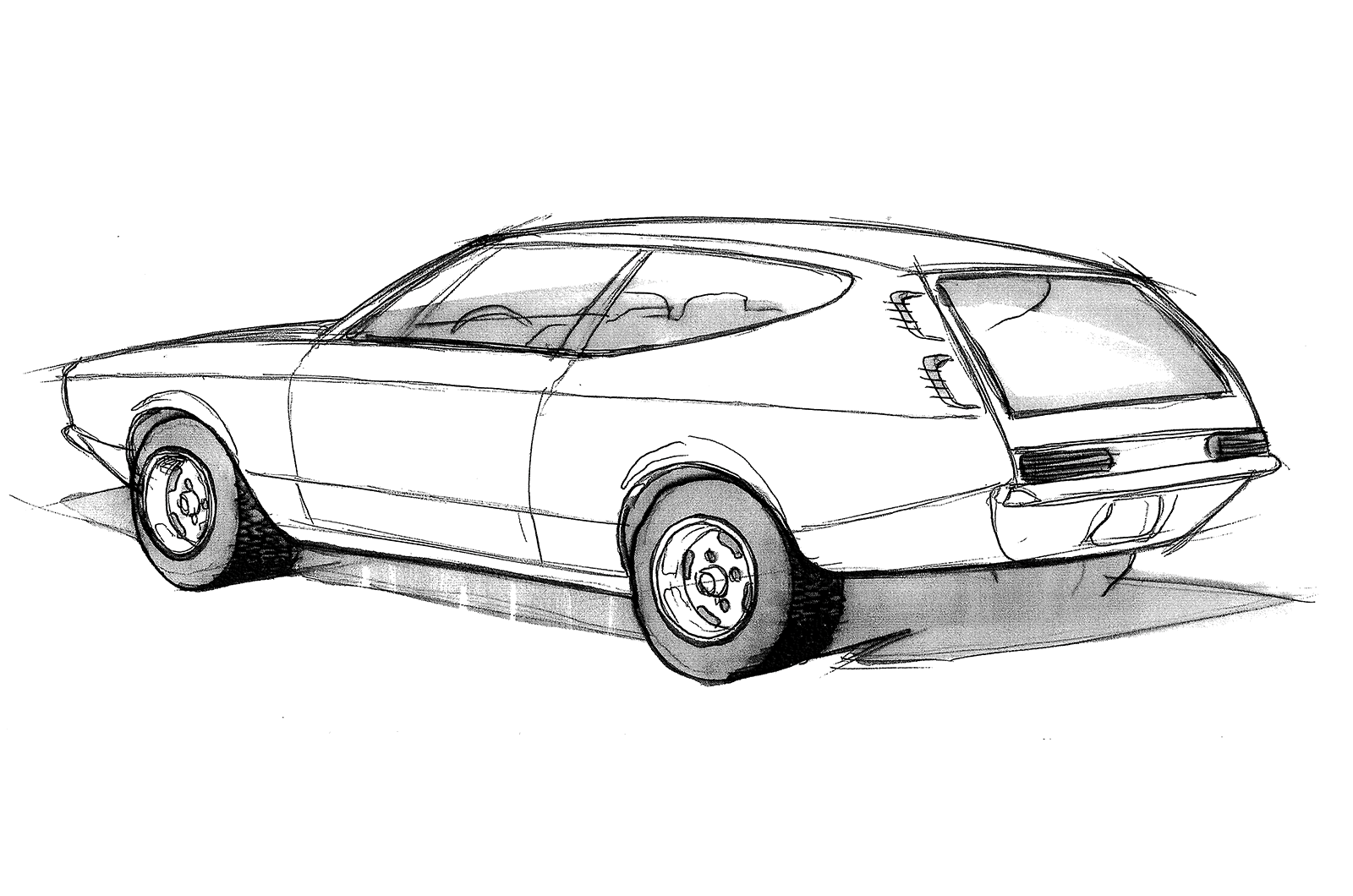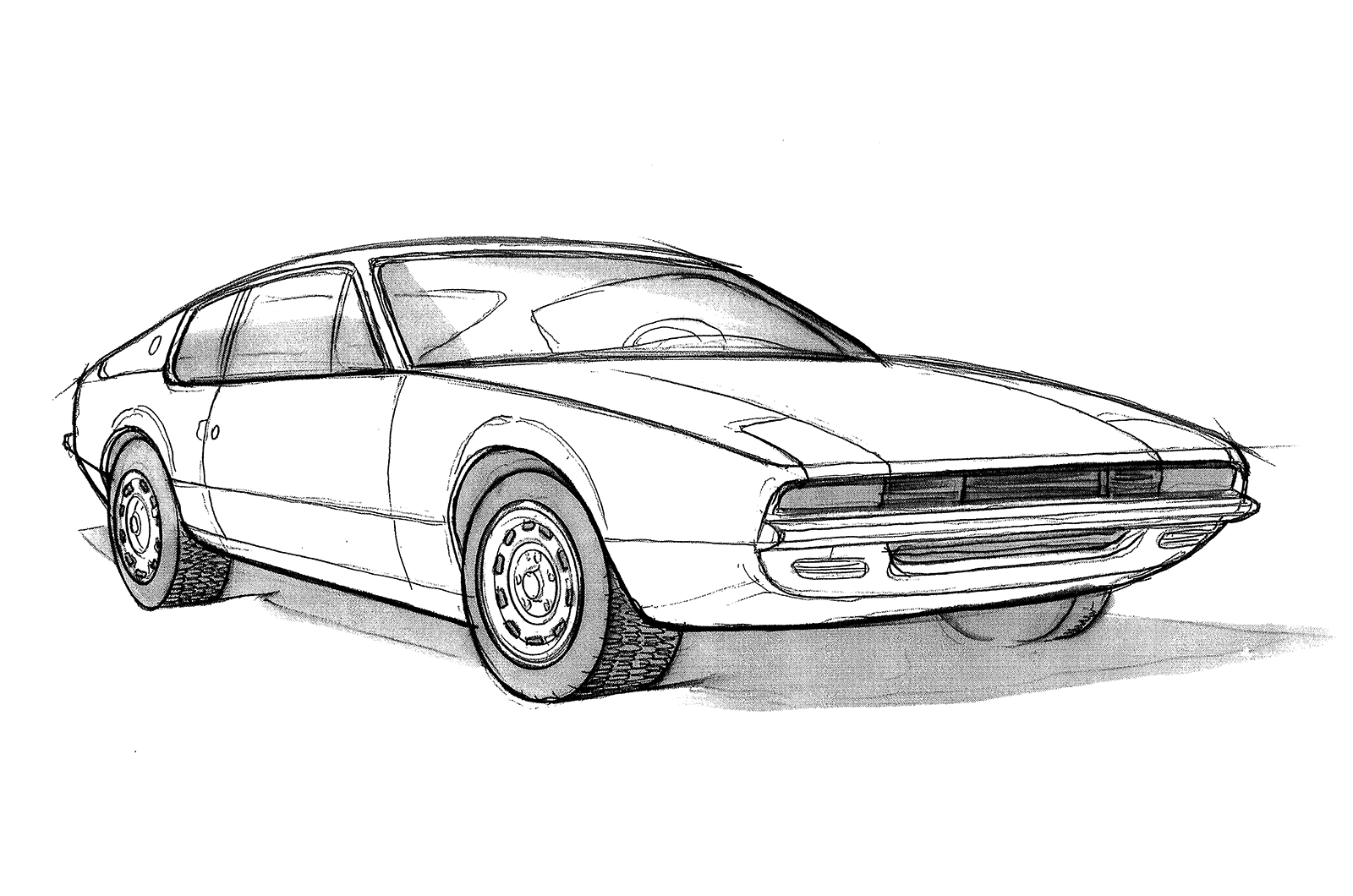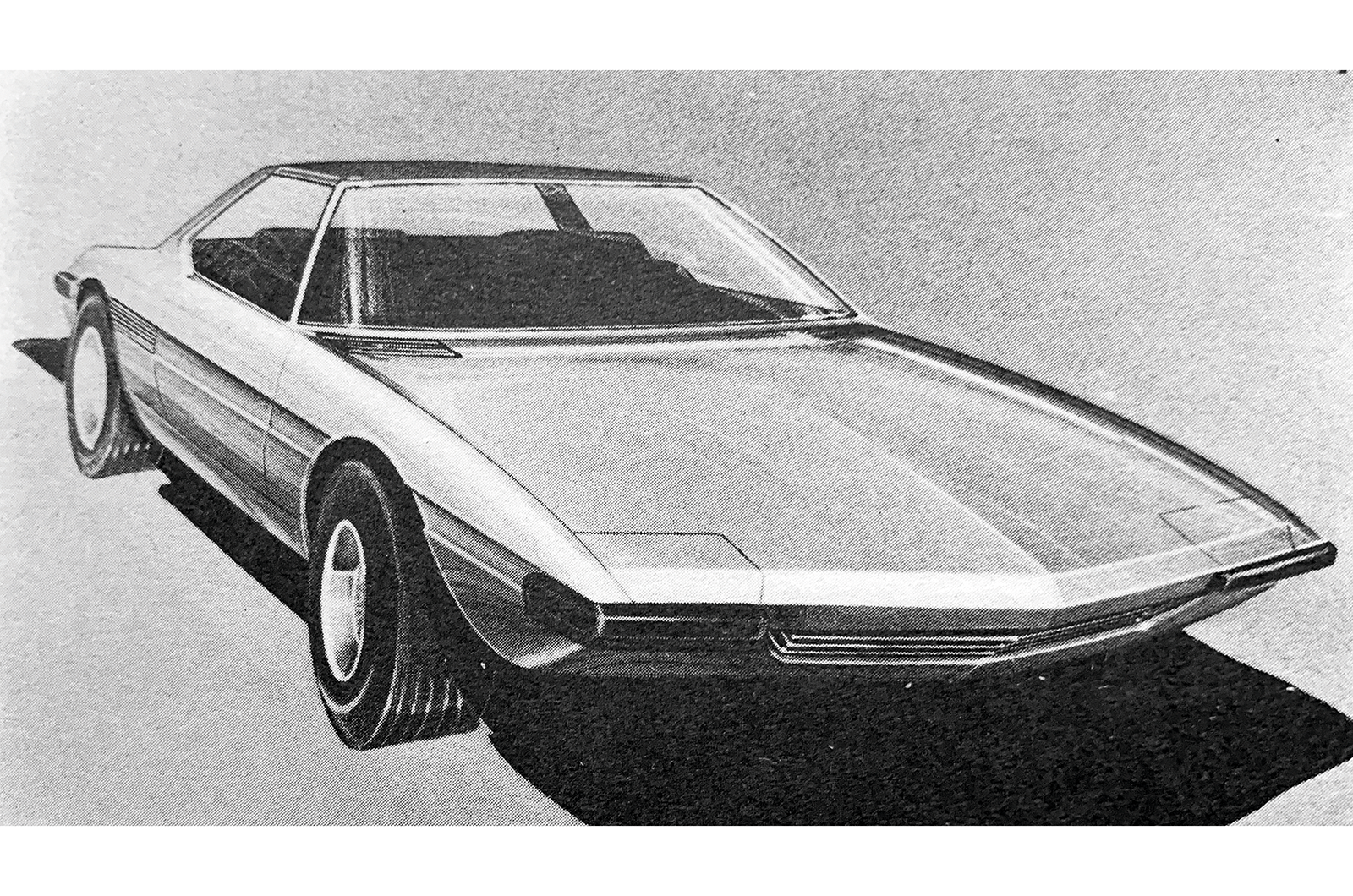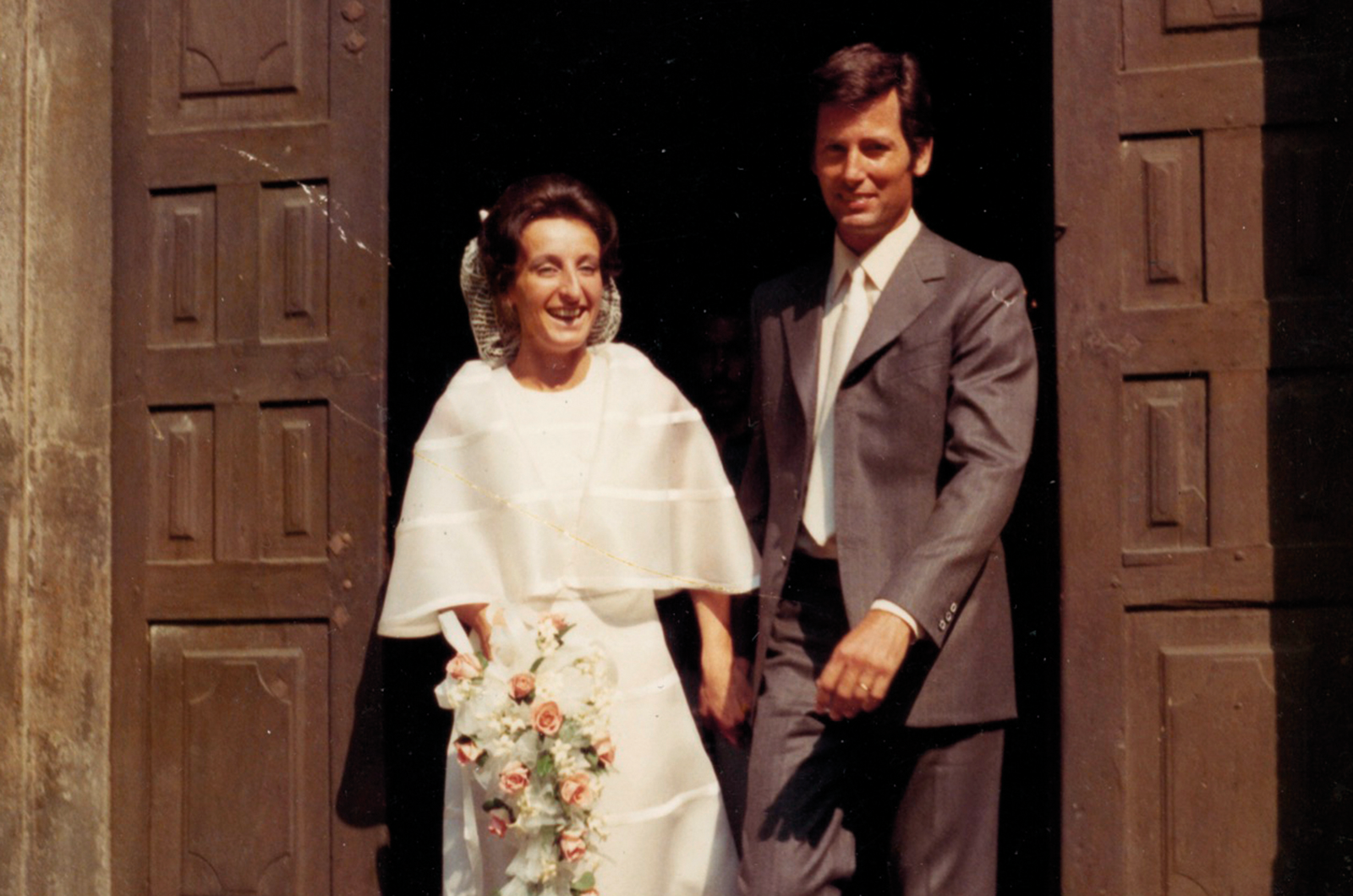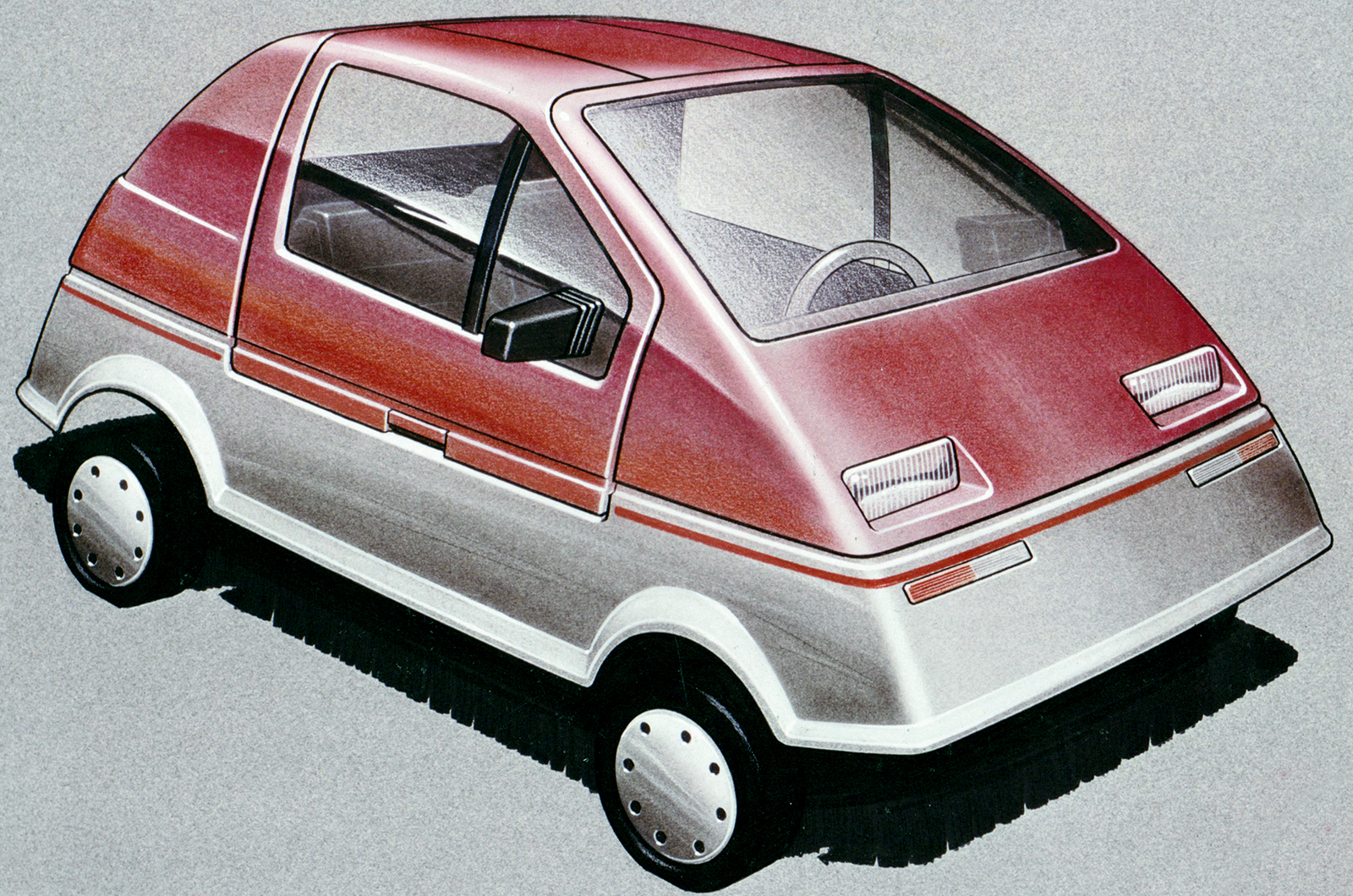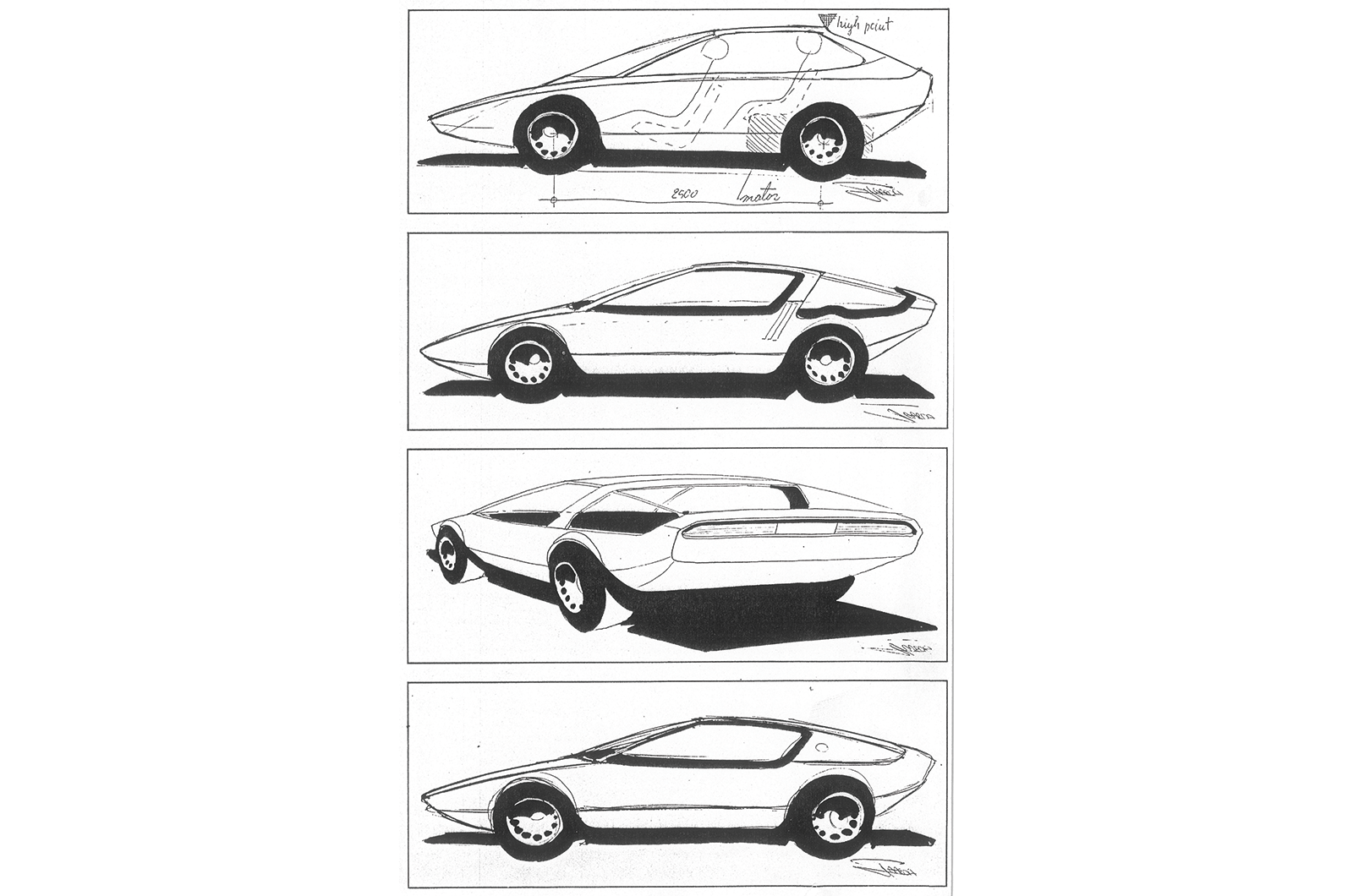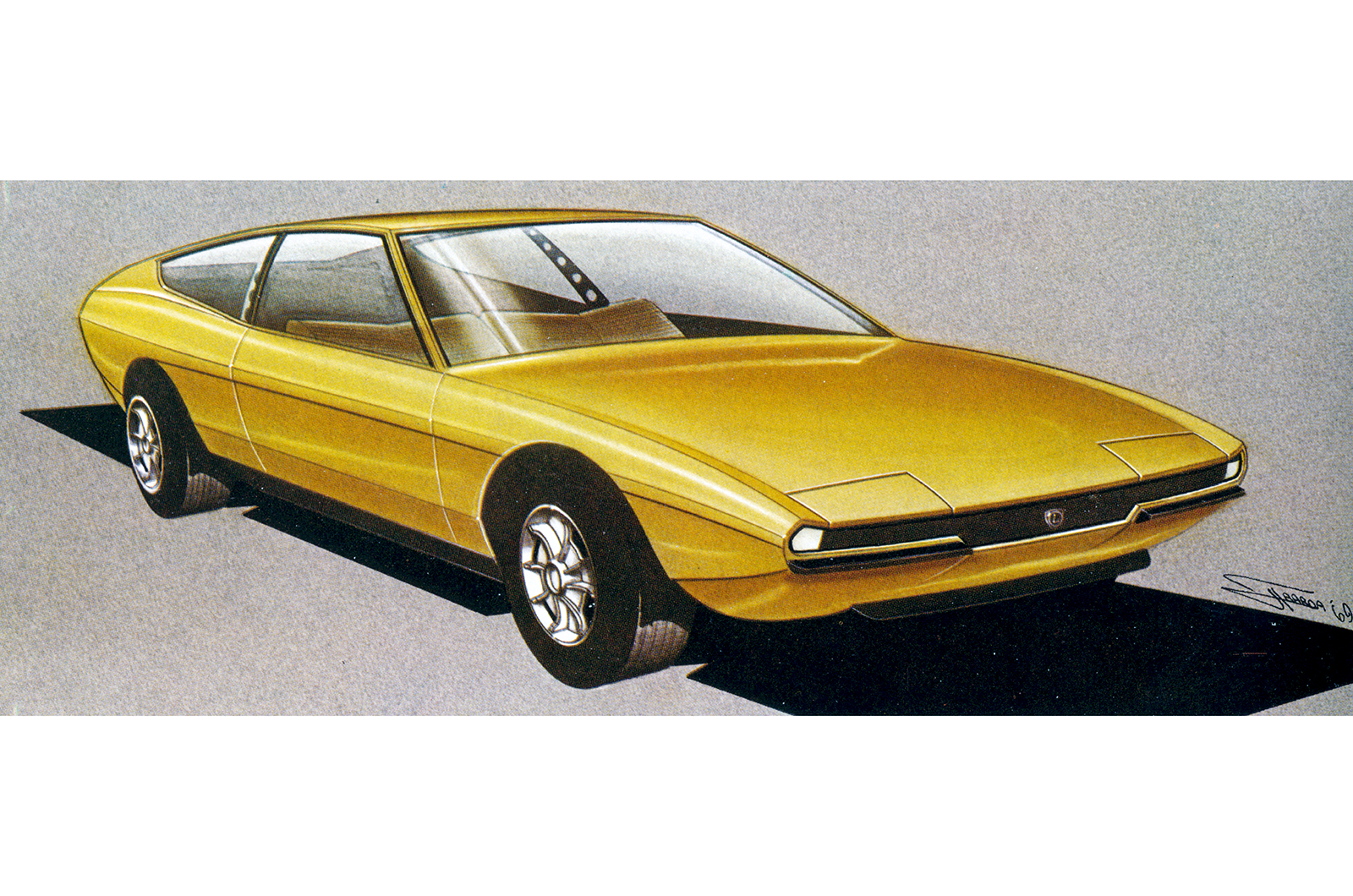As a result, when in 1984 Tjaarda decided to strike out on his own, he had one of the finest portfolios in the automotive world, as well as a reputation as one of the design giants of Turin.
Projects came easily, but many of them were for smaller concerns such as Aston Martin, Bitter, the newly rejuvenated Bugatti, Isotta Fraschini and Spyker, and similar specialist sports car makers.
Into the new millennium, however, Tjaarda was becoming better known for his starring appearances at various concours d’élégance, seminars and design competitions.
One offbeat proposal executed by Tjaarda was the Auto Zodiaco Damaca dune buggy
Having met founder Frank Mandarano in 1991 and struck up a great friendship, he had been a fixture at the annual Concorso Italiano, held every year in Carmel, California, a few days before the Pebble Beach Concours d’Elegance, either as the subject of a tribute class or as a judge.
He was regularly a special guest or a member of the presiding jury at concours in Rainbow Lagoon Park, Toronto; at Schwetzingen, Germany; and at the magnificent Paleis Het Loo in Apeldoorn, The Netherlands, the country of his father’s birth.
In 2006, Tjaarda was also appointed to the judging panel for BBC Top Gear India’s design competition and soon became a regular, visiting the country several times.
This single-mould Piaggio Micromachina is another Tjaarda design
In February 2014, Tjaarda took the unusual step of selling his personal archive with French auction house Artcurial, during the Rétromobile show in Paris.
It was acquired by friend and fan Corrado Lopresto, who added the documents and drawings to his extraordinary collection of cars and archive material in Milan, Italy.
Not only does Lopresto own five of Tjaarda’s one-off designs – the Lancia Flaminia Speciale 3C and the Marica; the De Tomaso Pantera II/Montella; and the two Isotta Fraschini T8/T12s – but he now preserves the great man’s drawings, too.
A series of concept renderings from early in the Sinthesis project, for a 2+2 coupé
A popular and accessible figure, with whom fans loved connecting as much as he enjoyed meeting them, Tjaarda had a keen sense of humour and was always happy chatting to enthusiasts at events.
He was generous with his time, sharing the process of designing cars with their owners.
A rock star of the design world, he often commented that Americans loved a good story – and he had no shortage of them.
An illustration of a Tjaarda masterpiece, the 1968 Lancia Fulvia HF Competizione by Ghia, which sadly remained a one-off
His own story came to an end on 1 June 2017, at the age of 82, but his legacy continues to grow.
Images: Paola Bronzino-Tjaarda Archive, or as credited
Tjaarda: Master of Proportions by Gautam Sen is published by Dalton Watson Fine Books (£110; ISBN 9781854433138)
READ MORE
23 remarkable classic cars by Ghia
Out of the ordinary: 50 years of the Lamborghini Countach
Cruise missiles: the Maserati Ghibli

